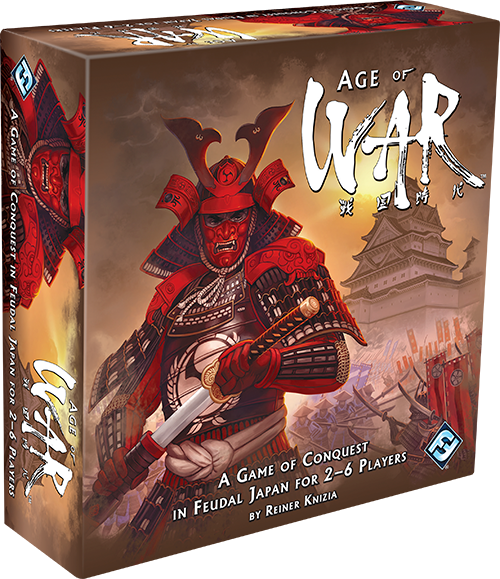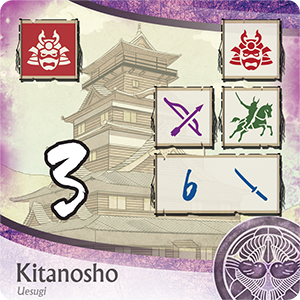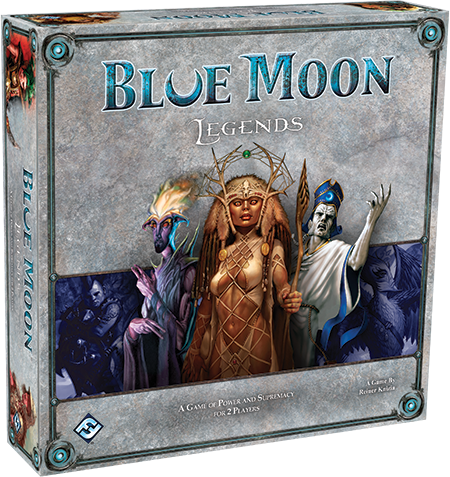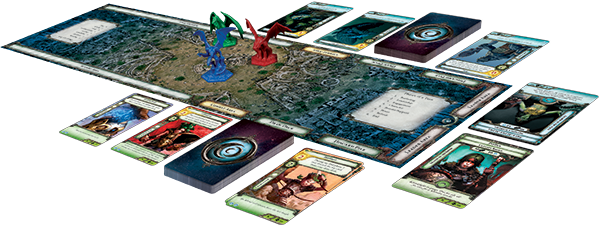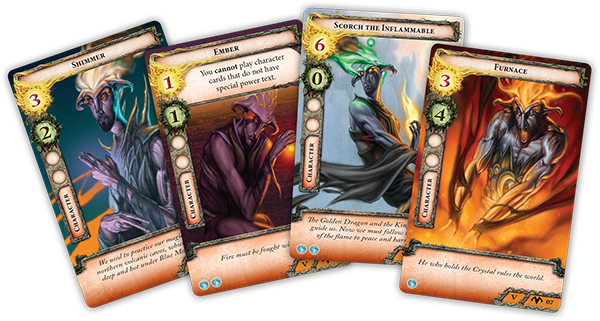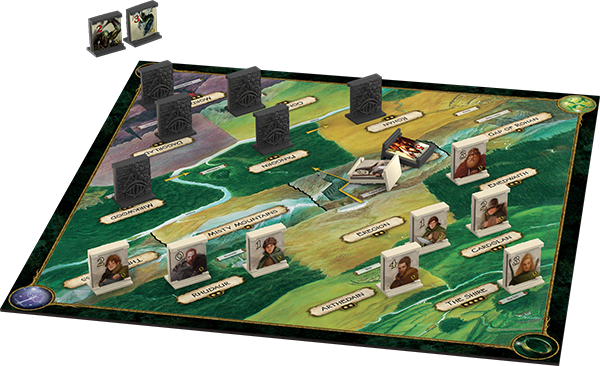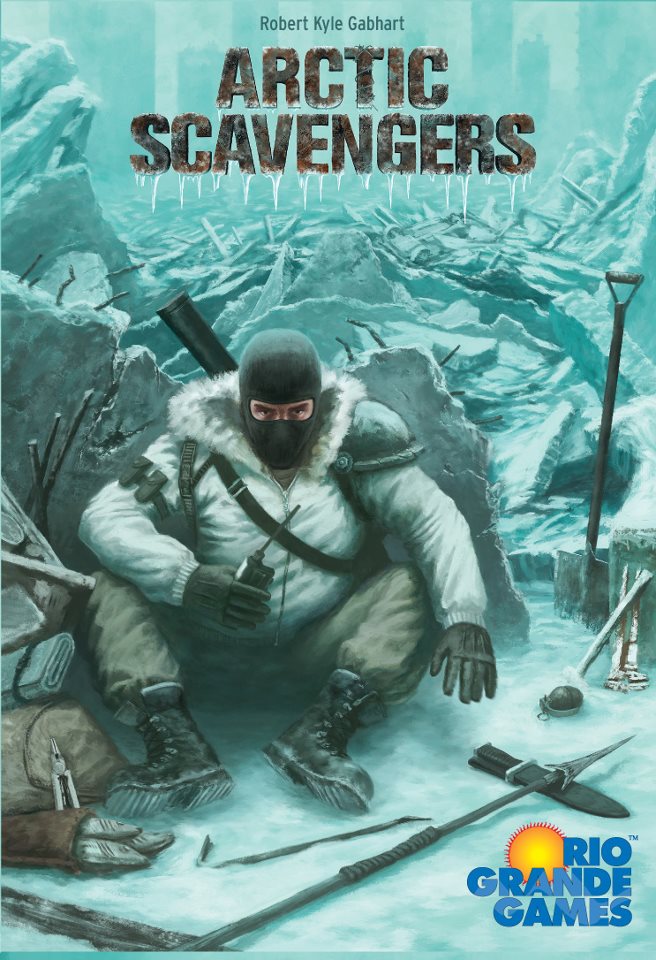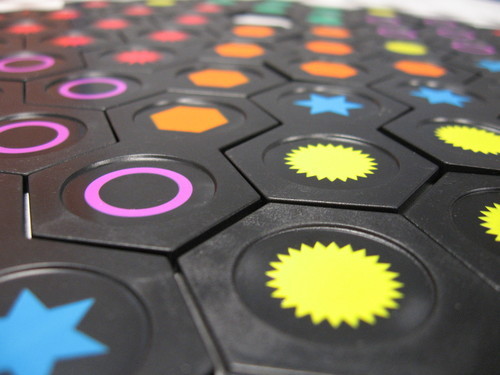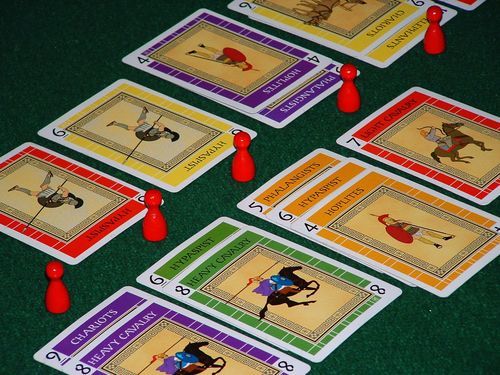 We know how much you all love to hear the thoughts we both have on games, so here we go with another Double-Take Review!
This week's lucky contestant is Reiner Knizia's Cheeky Monkey, from Eagle and Gryphon Games.
We know how much you all love to hear the thoughts we both have on games, so here we go with another Double-Take Review!
This week's lucky contestant is Reiner Knizia's Cheeky Monkey, from Eagle and Gryphon Games.
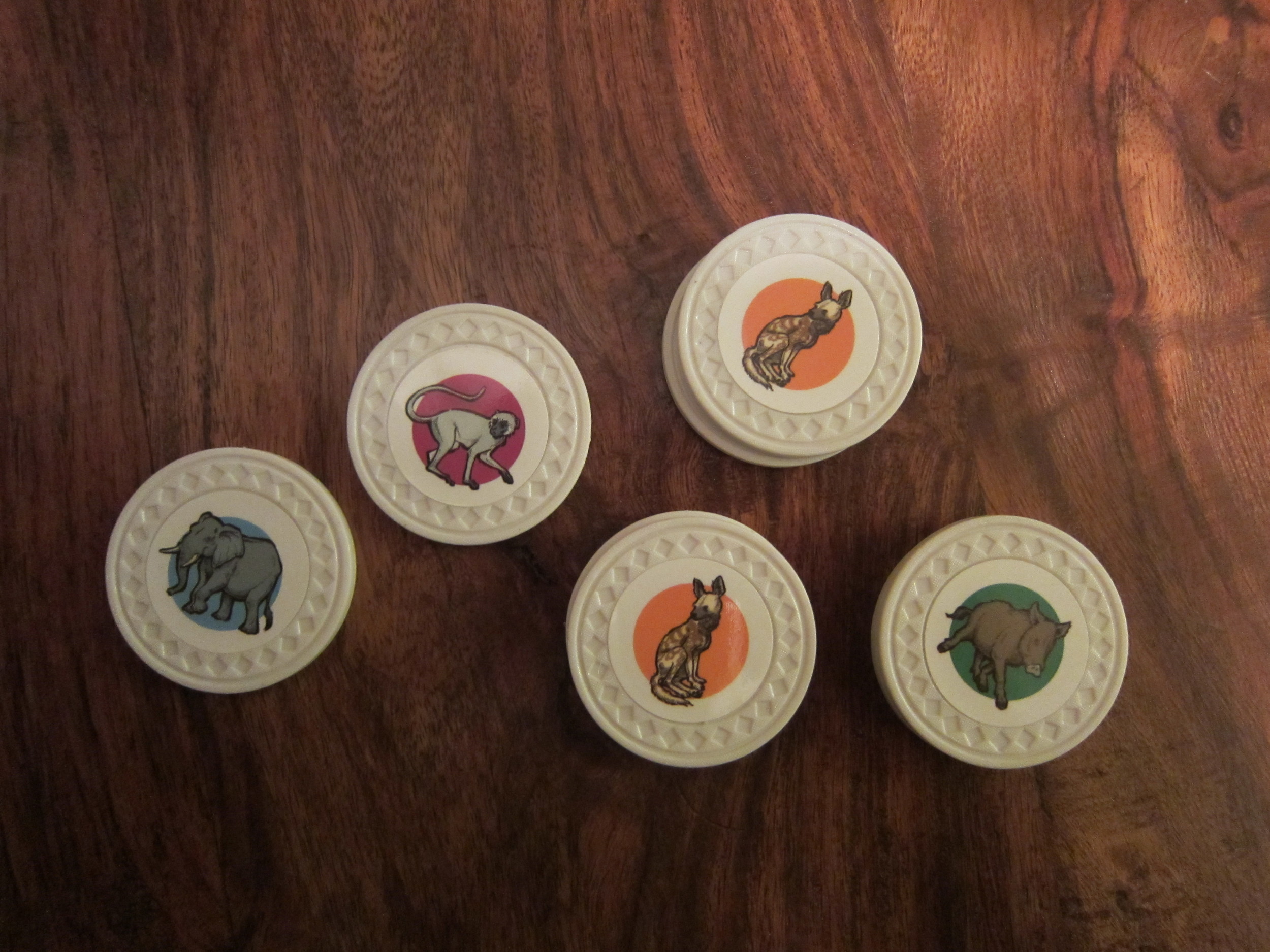 Components—
Components—
- 1 very adorable and VERY soft plush monkey (who is a double leg amputee and has had his abdominal cavity hollowed out in some sort of freak accident). This acts as the bag, from which you'll be drawing chips.
- 52 white plastic poker chip tokens
- 1 sheet of animal stickers, which you'll place on those poker chips.
- 7 bonus tiles, which are large cardboard disks with animals (and the number of bonus VPs they're worth) on one side, and facts about the animal and its habitat on the other.
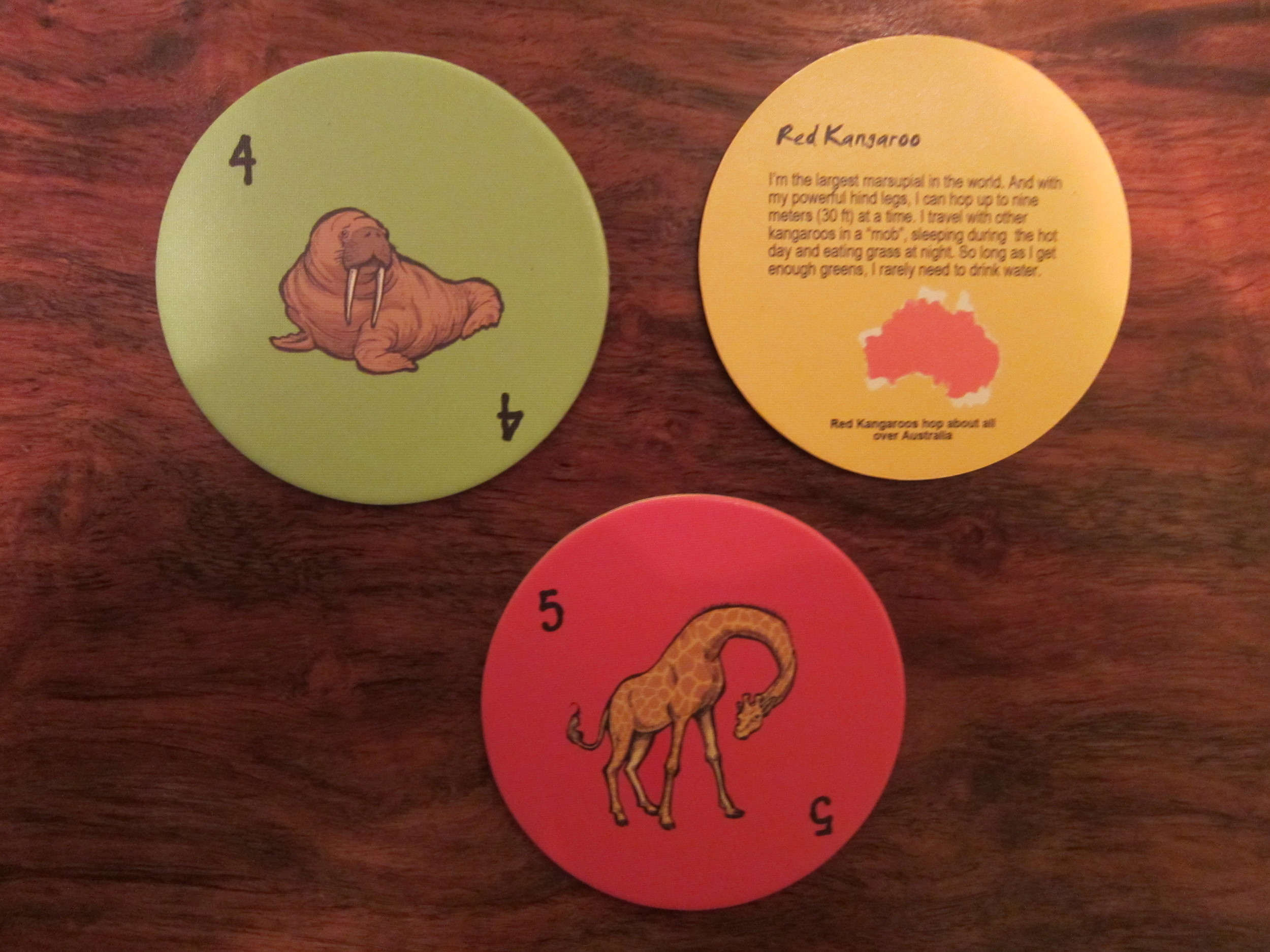 Gameplay—Players simply take turns pulling tokens out of the abdominal cavity of the plush monkey, and placing the tokens in front of them. If a player draws a token that matches the top animal of any player's stack, they get to capture that token as well and place it in front of them. If they draw a duplicate to one they've already pulled that turn, they lose everything they've gained that turn. If they decide to stop after drawing any number of tokens, they keep those tokens and place them in a single stack in any order they choose. Then play continues to the next player.
Gameplay—Players simply take turns pulling tokens out of the abdominal cavity of the plush monkey, and placing the tokens in front of them. If a player draws a token that matches the top animal of any player's stack, they get to capture that token as well and place it in front of them. If they draw a duplicate to one they've already pulled that turn, they lose everything they've gained that turn. If they decide to stop after drawing any number of tokens, they keep those tokens and place them in a single stack in any order they choose. Then play continues to the next player.
Going Cheeky—If a player draws a Monkey token, they can choose to "go cheeky" and take the topmost token of any player's stack—exchanging the Monkey token for the chosen one.
The game is over when the last token has been drawn and stacked. The tokens are sorted by type, and each bonus token is awarded to the player with the most tokens of that type. Each regular token is worth 1 point, and the bonus tokens are worth their face value. The scores are totaled up and the highest score wins.

The rules have several scaled-down variations to help younger players learn and play the game—such as using no bonus tokens, or not being able to go cheeky. This is a nice way to get younger kids into the game, and then gradually introduce a new rule or two in subsequent games. (And there will be subsequent games...)
Jeremiah—When the package containing this game arrived and I pulled it out, my boys immediately wanted to play! The monkey "container" is cute and soft and looks great sitting on the shelf in my nerd room.
Firestone—That's exactly what happened here, too. "Dad! Dad! What is that? It's a GAME?! Can we play?"
Jeremiah—The downside of the components is the stickers! I was totally okay with having to put the animal stickers on the tokens; the problem was they didn't come off of the paper cleanly or easily. So it took forever trying to peel the perfect circle of paper off of the back of the stickers.
Firestone—I have never felt as uncoordinated as when I tried getting those stickers off the sheet. It was like Andre the Giant trying to thread a needle while wearing mittens... But once I got the stickers off, they went on great, and I haven't had any problems with them peeling.
Jeremiah—The game is pretty fun and has lots of teachable moments for younger kids. My youngest often gets very upset when someone takes his favorite animal from the top of his stack (which is often whatever animal is on the top of his stack!). So there are lots of "being gracious" and "good sport" talks that happen around that aspect of the game. Despite that, my boys both LOVE the game and think it's really fun.
Firestone—My teachable moments involve learning when to press your luck, and when not to. "Son, you have all but one of the animals already on this turn. The chances of you drawing an elephant are slim..." He, of course, draws an elephant and I realize they haven't learned A THING!
Jeremiah—The length of the game makes it the perfect kids filler game. Or the "we don't have time to setup/play anything else right now" game, but they're not getting cheated out of playing a great game. It just happens to be shorter, for those nights when bedtime is eminent.
Firestone—We (try to) have Family Game Night every Monday, but sometimes the evening gets away from us and we realize it's nearly bedtime. Cheeky Monkey is the perfect length for a quick game—though if the kids are really pressing their luck, sometimes the game can get "stuck" for a little while.
This game gets a solid 7 from me—a great game that the kids love to play. The monkey bag gets a perfect 10, though. Overproduced, unnecessary, and completely wonderful.
Jeremiah - It may be hard to think that a game this simple has even simpler rules, but those scaled down rules made it super easy to teach my 4-year old the game. I told them when we started that there were other rules and when we finished the first game they immediately wanted to know the rest of the rules. When I explained the "Going Cheeky" rule, they both grinned ear-to-ear and my 4-year old exclaimed, "If I get a monkey, I'm going to go cheeky!"
I'm giving it a bump up to a 7.5—my boys really like this one...a lot. It's totally a kids game that will never see the light of day with my gaming friends. And in the category of inexplicably disfigured but amazingly cute and cuddly plush animal containers, it scores an 11!
We'd like to thank Gryphon Games for providing a review copy of Cheeky Monkey, and you for reading! We would LOVE it if you liked us on FaceBook, and followed us on Twitter!


